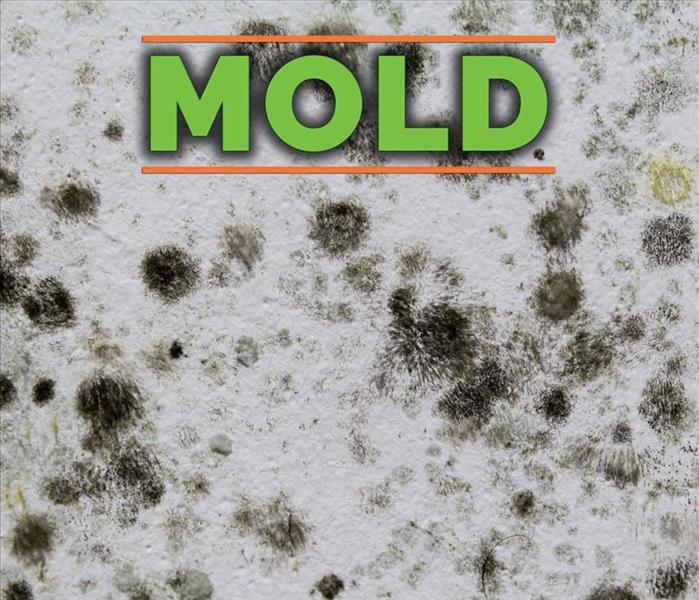What Gives Mold a Musty Smell?
4/11/2019 (Permalink)
Mold is a type of fungus that requires moisture and food. The metabolisms of these living organisms release off-gases during the growth cycle. These odorous gases are chemical compounds known as microbial volatile organic compounds. Learn more about what MVOCs are and how these compounds differ from mycotoxin and spores.
MVOCs
MVOCs are gases released when mold is actively growing. There are more than 200 known MVOCs, including the following types of compounds:
- Aldehydes
- Esters
- Ethers
- Ketones
- Terpenes
An indoor environmental professional can perform a mold test to determine whether a musty odor indicates that mold is currently growing in a building. Test results may identify the species of mold and the types of compounds that are present.
MVOCs vs. Mycotoxin
All fungus in an active growth cycle releases MVOCs, but not every species of mold produces mycotoxins. Some species that do produce toxins generate more than one toxin. Here are a few of the most common mycotoxins:
- Aflatoxin
- Fumonisins
- Ochratoxin A
- Patulin
- Zearalenone
If the mold growing in a structure is producing mycotoxins, containment measures may be necessary. Building owners or managers should arrange for remediation as soon as possible.
MVOCs vs. Spores
Mold reproduces by making spores. Spores do not produce a musty odor, but do cause mold to spread. A spore that lands on a damp surface with an available food source may start to grow within a matter of hours. Spores are particles that range from three microns up to 100 microns in size.
Active mold growth will emit MVOCs and spores. Certain species of toxigenic mold also release mycotoxin. If a musty smell is detectable at a building in Santa Maria, CA, it is possible that some form of fungus is growing. An indoor environmental professional can perform accurate mold testing and a mold remediation service can eliminate any colonies of fungi found on the premises.





 24/7 Emergency Service
24/7 Emergency Service
